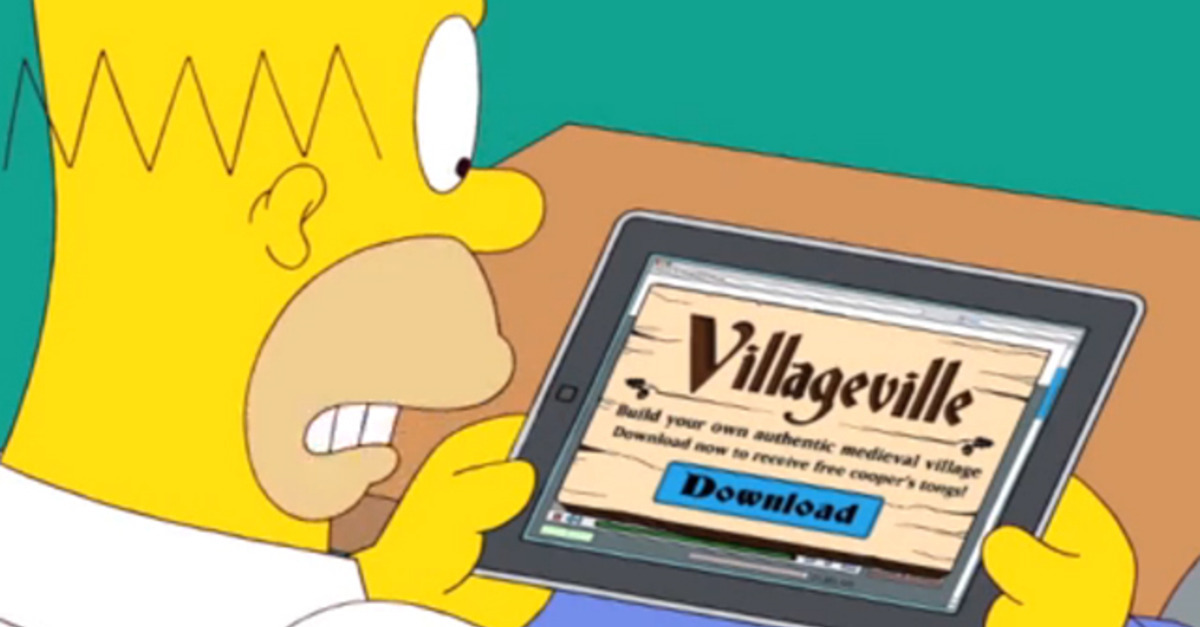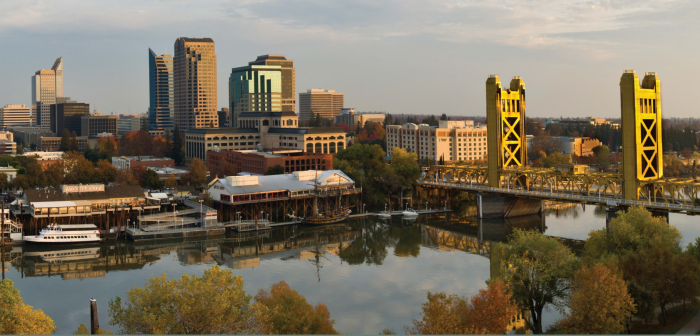 Digital technologies can change the way public administrators interact with citizens and stakeholder groups. Since their inception, these technologies have gone from one-way, static web platforms that allowed citizens to, say, pay bills online to interactive, knowledge-sharing platforms that can increase citizen participation, transparency, and accountability.
Digital technologies can change the way public administrators interact with citizens and stakeholder groups. Since their inception, these technologies have gone from one-way, static web platforms that allowed citizens to, say, pay bills online to interactive, knowledge-sharing platforms that can increase citizen participation, transparency, and accountability.
Considering the growth in this arena, public managers should work to ensure that their social media presences reflect the overall place brand ethos so citizens know they are receiving official information. This article addresses the role of social media as part of a coherent place branding strategy.
Social media are understood as web-based technologies that can foster knowledge sharing, collaboration, and real-time interaction between users. Government agencies at all levels are increasingly turning toward these platforms, but one problem that remains is: How do people know they are interacting with an official government agency? In 2012, Facebook officials told local governments to “properly distinguish their Facebook page as the official hub of the city, such as adding ‘government’ to its name to avoid confusion” (Knell, 2012, para. 2). Considering that people are likely to check their social media sites before a traditional website, public managers should be aware of the content, tone, look, and feel of their places on social media, as these communications tools are as strategic, if not more so than, say press releases.
One way to tackle this identification issue is through place branding, seeing social media tools as part of an overall place ethos. Some tips for achieving consistent brand identity on social media sites include:
Use an Official Logo: Using an official logo that is part of the overall place brand identity is an instant visual reminder to visitors that this is an official government account. The logo should be the same across all communications platforms, print or digital. For example, the City of Evanston, Illinois uses its official logo on its social media sites. One easy way to achieve this is make the city logo your organization’s official social media photo.
Brand the Background: Most social media sites allow users to customize a background or large banner photo. On Twitter, for example, the cities of Ankeny, Iowa and Issaquah, Washington use large banner photos of city activities and scenery, both new and vintage. Chandler, Arizona uses a large banner photo of its city hall. Each of these cities gives visitors to the social sites a taste of life in the place through a digital medium.
Adopt a Light Tone: Ideally, social media are ways to engage with citizens in real time and break down barriers between government and citizens. A distinct part of your city’s brand identity is how communications sound – what kind of language is used throughout all strategic communications? Research indicates that a positive, light tone on social media can increase citizen participation. Assuming this is the goal of your social media endeavor, adopting this kind of language can help to increase levels of participation. First, a conscious effort must be made to respond to citizen posts on social media sites even though this is potentially time consuming. This shows the government agency as responsive and listening. Some ways to lighten the tone are using an exclamation point when necessary, sharing pertinent content from trusted sources (such as other local governments, emergency response agencies, etc.), using creative hashtags to make content searchable, sharing positive posts in which your city is tagged, and using photos to enhance information.
For example, the City of Issaquah has struck this balance between giving information and engaging citizens. Recently, someone visited the city’s farmer’s market and shared her positive experience on Twitter. The city retweeted that post, and replied with: “Yum! Thanks for joining us!” The original commenter then “favorited” the city’s response by clicking the small star button on Twitter. It is simple interactions like these that can work toward breaking down barriers between citizens and government.
Bottom line: brand identity should be part of your city’s overall strategic mission, and social media are becoming vital ways to connect with citizens to show your place’s personality, priorities, and policies.



